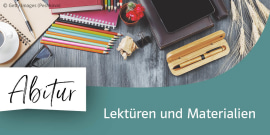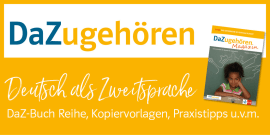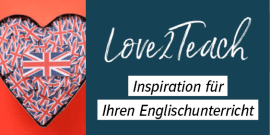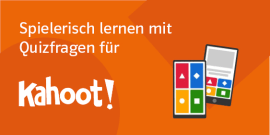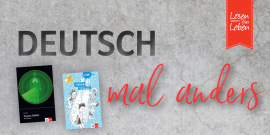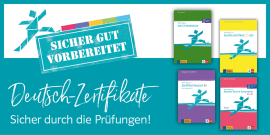
Best of NTC: Making scones and Using maps in the classroom
Teaching tip
Summer’s here and holidays are about to start so why not look again at some of our favourite NTC materials appropriate for these sunny days ... and try out some new activities!
Click on the boxes below to get to the activities, Making scones and Using maps in the classroom. If you like to do something new using recipes or maps in class, we offer you more activities below.
 |
||
 |
 |
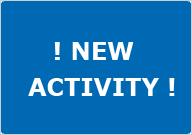 |
Using recipes in class
Everything stops for tea! - Teatime in the garden on a sunny afternoon. Listen to the birds singing and the bees buzzing; enjoy tea, sandwiches and scones …
Remember the classroom activity Making scones?
These days, scones are an important part of afternoon tea, but that wasn’t always the case. Afternoon tea was first introduced into Britain in Victorian times. In those days, people usually only had two meals – a breakfast in the morning and a supper around 8 pm. Afternoon tea evolved into a small meal to fill the gap between these two bigger meals. Queen Victoria was instrumental in making afternoon tea an important social ritual, and indeed some wealthy people held tea receptions for up to 200 guests. Bread and butter and cakes would be served and cups of tea, too. In the twentieth century scones were introduced as a staple to the afternoon tea.
These days, people have afternoon tea as a treat for a special occasion and it is usually composed of smoked salmon or cucumber sandwiches (without the crusts); scones with jam and clotted cream, and cakes. It is a rich and luscious treat!
Scones are important for afternoon tea, but of primary importance is the tea itself, of course. If you have already used the activity Making scones in your class, you might like to try another recipe activity - Making tea:
Funny recipe: Making tea
- Read out the instructions for tea making. Ask students to decide which instructions are true and which ones are false.
- Use fresh water from the tap. True
- Boil the water twice. False (once)
- Warm the teapot in the oven. False (with boiling water from the kettle)
- Put the teabags (or loose tea) in the teapot and add the boiling water. True
- Leave it to brew for 45 minutes. False (4-5 minutes)
- Pour into cups and add half a litre of milk. False (a splash of milk)
- Never add sugar to tea. False (add sugar to taste)
NB: In the UK, approximately 165 million cups of tea are drunk every day. That’s three cups of tea for every man, woman and child.
- Take any recipe and change some of the instructions. Students decide which ones are true / false. For homework, you could ask your students to find a simple recipe and change the instructions and then, in the next lesson, read out their funny recipe to the class.
Using maps in the classroom
Holidays are about to start and we’re dusting off our maps for those trips we’re going to make. The Discover Now map shows all the locations throughout Ireland and the United Kingdom used in the Network Now series. You can use it with the map activities which are presented on its reverse, or maybe you’d prefer to use our related Teaching tip suggestions for using maps. Or perhaps you’d like to do something new:
Postcards from somewhere
- Let students look at the Discover Now map.
- Read out the text below from a postcard and ask students:
- Where are they staying? (Windermere)
- What day is it? (Wednesday)
|
- For further practice, give each student a piece of postcard-sized paper and the Discover Now map (or any other map). They are going to send a postcard to another student in the class.
- Explain that students should choose a holiday destination on the map. They arrived at their holiday destination on Saturday and it is now Wednesday. Each student should write about places he / she has visited on Sunday, Monday and Tuesday (using past simple); what he / she is doing today (present simple / progressive) and what he / she is going to do on Thursday and Friday (future forms).
- Students exchange postcards in pairs, look at the map and guess where their partner is staying.
